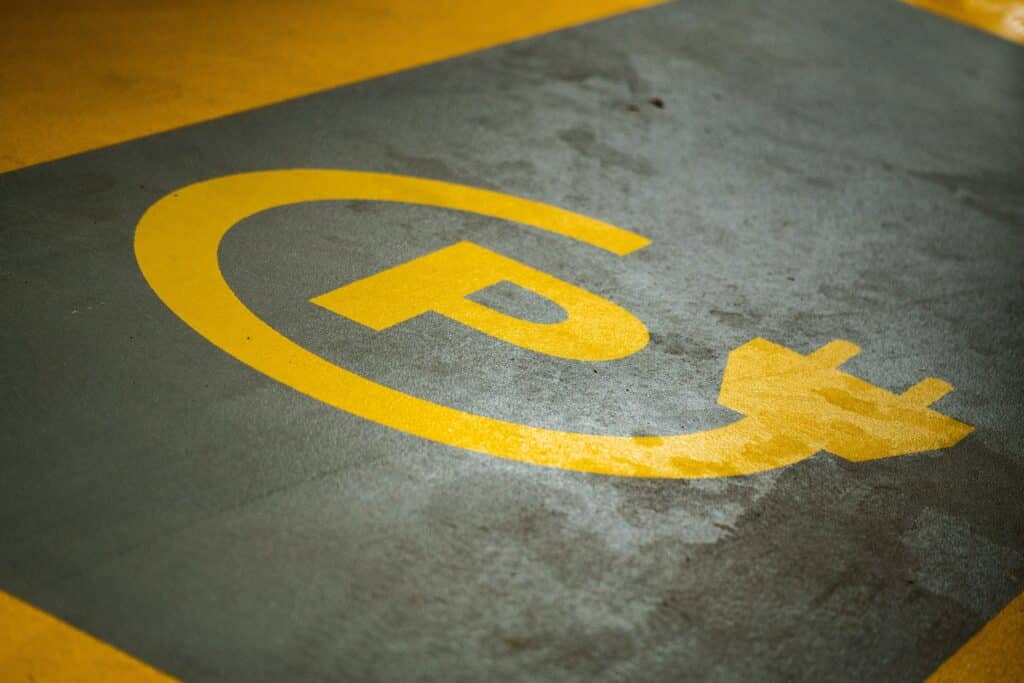Looking at the costs of the energy transition from an Indian perspective
Highlights from the FSR Talk: Financing the energy transition - an Indian perspective
On 15 March 2023, an #FSRTalk discussed the financial challenges of the energy transition especially in the global south, from an Indian perspective.
What are the costs of the energy transition?
McKinsey estimates a global investment requirement of $275 trillion between 2021-2050. While Stanford places the broader cost of-addressing climate change at $400 trillion over the same 30-year period. These outlays are manageable, given the 2022 Global GDP (Gross Domestic Product) of $104 trillion and its history of doubling every 25 years post-1970. Energy continues to have the highest share of Global GDP in these forecasts, this underscores energy’s centrality for human existence much like air, water & food.
Particularities of the Global South
The challenge, however, is that the bottom half of the World, with a combined share of about 10% of the Global GNI (Gross National Income) and GDP, is required to carry a disproportionate burden of the cost of energy transition relative to their financial and technical capacity and responsibility. According to Mr Sethi, given the high debt burdens, relatively higher cost of capital, limited domestic surpluses, and multiple demands on these limited resources; the bottom half of the world will be unable to deliver the proposed energy transition. The bottom 52%, with 9.4% of the global GNI, are neither responsible for climate change nor can they fund their energy transition.
The developing low-income and low-middle-income countries, would, on average, need to invest $1.5-2.0 trillion annually over 30 years, with front loading raising requirements up to $2.5 trillion in the early years. World Bank estimates that the power sector alone could require over $1 trillion per annum by 2030; 4.2 times the 2016-2020 average. To put these number in perspective, World Bank, the largest source of funding for developing countries, disbursed just US$ 67 billion in year ending September 2022 for all sectors, including concessional funding of 25.7 billion from IDA and Trust Funds.
A nuanced approach
India’s annual average energy transition outlay is estimated as 10.8% of her GDP. In total India invests 30% of her GDP annually & the combined outlay on Education, Health, Water and Housing falls well short of 10%. As per estimates, India must invest $600 billion annually, till 2050, for energy transition alone. Front loading of investments could push this number to $1 trillion in the early years. India’s total external debt today, by comparison, is $620 billion. Significant additional borrowings would raise serious issues of higher cost of capital & insolvency.
Mr Sethi highlights that the funds spent annually on fossil fuels by the world’s bottom half offer a possible solution for meeting the funding shortfall. However, this solution requires unprecedented levels of bridge finance, with concessional IDA (International Development Association) type terms, under innovative funding structures, wherein private capital from global capital markets will take out the bridge finance after 8-10 years.
Mr Sethi also refers to the three additional developing country issues as highlighted by World Bank:
- With available technologies, the capital cost for replacing a conventional fossil-based power plant with renewables is 5-6 times higher for the same level of energy service, for say 25+ years. Renewable Energy Investments typically break even in 8 years or more. Further, the high up-front outlays pose a major hurdle for capital starved countries. The political economy with a much shorter time horizon also shies away and investors raise risk adjusted return expectations.
- Even conventional electricity costs up to 25% more in developing countries due to lack of competition, capital, and inadequate Transmission, Distribution and load management capacity. These constraints translate to higher equipment cost, higher cost of capital, & higher operating costs due to larger system losses and lower system flexibility. In the decarbonisation scenario, electricity costs in developing countries are up to 30% higher than developed countries.
- Low income and low-middle-income countries, typically, have high debt burdens; limited fiscal space to fund necessary system strengthening and fossil phase-out investments; institutional and regulatory weaknesses, and poor creditworthiness of counter parties. Together, these raise risk adjusted return expectations of investors, making bankable projects hard to come by.
All of the foregoing makes the transition difficult for low income and low middle-income countries. So, they maintain status quo and keep paying for fossil fuels as needed.
The World Bank warns that the poverty trap engenders the conventional-energy trap which in turn engenders the climate trap.
The solution according to him lies in recognising that at current prices the low income and low middle income countries are spending well over $800 billion/annum on buying oil, gas and coal. The World Bank estimated that in 2019, these countries spent over $500 billion on oil, gas and coal for power sector alone. India will be spending over $300 billion on fossil fuels including net imports of around $175 billion in fiscal year ending March 31, 2023. Even if the Energy transition shifts 50-60% of these fossil dollars to servicing debt and equity, financing the $1.5-2.0 trillion annual investment requirement, would fall in the realm of reality. India, the 5th largest economy of the world accounts for 41.4% of the population of the lower Middle-Income Group but only 36.2% of this groups GNI. Thus, India is below the average in terms of per capita GNI even within this group.
Therefore, Mr Sethi stresses that a fossil phase down that releases these fossil dollars is realistic only if an adequate volume of reliable clean energy materialises. If IDA type funding can be provided with 8-10 year grace periods to fund renewable investments in low income and low middle income countries, and if grant funds address the capacity, regulatory, and institutional hurdles; then, as these investments break even or come close to break even, the IDA type funds can be progressively refinanced by the capital markets at attractive rates because these mature projects would then have extremely low risks. He asserts that the more of the initial IDA type funding that can be kept off the balance sheet of the host country via a mechanism of multilateral guarantees, that fall away upon refinancing; the greater would be the success of the proposed approach & the greater will be the scale & speed of decarbonisation. A country-specific programmatic approach on the above lines will then according to him (a) protect fiscal and end-user affordability; (b) appropriately leverage private capital; and (c) embody transformational potential.
In conclusion, while the path toward energy transition financing is not an easy one public as well as private investments need to be streamlined in order to achieve the global climate ambitions. The responsibility of developed nations to fund the bridging requirements of climate finance must then be addressed at the earliest.






